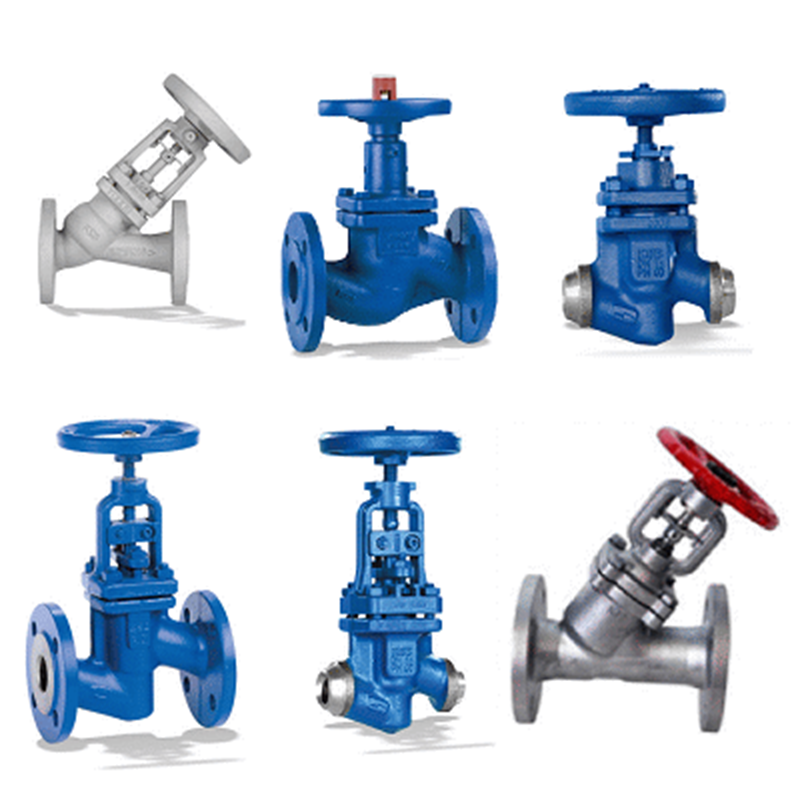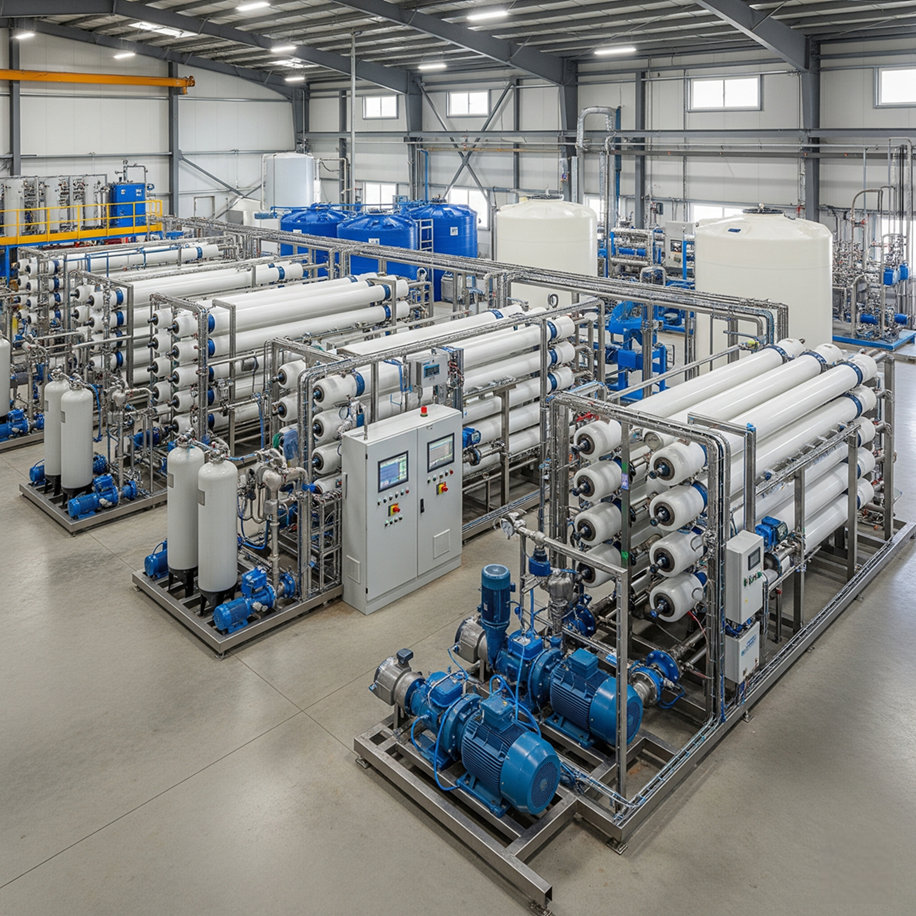
Factors determining the selection of valve materials
Selecting valve materials is a critical process in various industries, impacting the performance, reliability, and safety of fluid control systems. Valves are essential components used to regulate flow and pressure in applications ranging from water treatment and oil refining to pharmaceuticals and food manufacturing. The importance of selecting the right materials stems from the need to ensure valves can withstand specific operating requirements, including mechanical stress, temperature fluctuations, and exposure to chemicals. This prevents failures that could lead to safety hazards or significant financial losses.
It is worth noting that factors influencing material selection include mechanical properties, environmental conditions, fluid properties, and economic considerations. Mechanical properties, such as tensile strength and corrosion resistance, are vital to maintaining valve integrity under harsh operating conditions. Environmental factors, including temperature and the corrosiveness of the fluids used, require materials that perform efficiently without deteriorating over time. Furthermore, the properties of the fluids—whether corrosive, viscous, or containing particulate matter—determine the suitability of the selected material.
Economic considerations play a significant role in material selection, as performance requirements must be balanced with cost-effectiveness. Engineers are often challenged to select materials that meet technical specifications and budget constraints. The ongoing drive toward sustainability also impacts material choices, as industries increasingly seek to reduce their environmental footprint by using recyclable and energy-efficient materials.
Controversies surrounding valve material selection often arise from the trade-off between cost and performance, as well as the environmental impact of material manufacturing and disposal. These discussions highlight the need for comprehensive assessments that consider lifecycle performance, regulatory compliance, and environmental sustainability, which are essential for informed material selection decisions.
Common Types of Valves
Valves are essential components in various industrial applications, performing multiple functions such as flow control, pressure regulation, and fluid direction within a system.
Ball Valves
Ball valves are quarter-turn valves designed to stop or adjust flow. They feature a hollow sphere that rotates to accommodate the flow when opened, making them suitable for high-pressure applications due to their robust design.
Butterfly Valves
Butterfly valves consist of a rotating disc that regulates flow. They are lightweight and provide a tight seal even when pressure drops, making them ideal for controlling large volumes of fluids.
Check Valves
Check valves allow fluid to flow in one direction while preventing backflow. They are commonly used in various applications to protect equipment and maintain pressure in systems.
Control Valves
Control valves are used to manage the flow rate of fluids within a system. Typically used in automated processes, they can be adjusted based on feedback from control systems to maintain desired operating parameters.
Gate Valves
Gate valves are designed to completely open or close the flow of fluid. They offer little resistance when fully open, making them suitable for on/off operation, but are less suitable for flow control applications.
Globe Valves
Globe valves are popular for their spherical shape and are used to regulate flow in pipelines. They are effective for flow control purposes due to their design, which provides greater flow control than gate valves.
Pressure Relief Valves
Pressure relief valves are safety devices that automatically release pressure when it exceeds a predetermined level, preventing equipment damage. They are essential for protecting pressurized systems from malfunction.
Solenoid Valves
Solenoid valves are electrically operated valves that allow precise control of fluid flow. They are commonly used in automation and control systems due to their rapid response time.
Diaphragm Valves
Diaphragm valves use a flexible diaphragm to open and close the flow path, making them ideal for applications involving corrosive liquids or materials. These valves provide a leak-proof seal and are often used in the pharmaceutical and food industries.
PVC and PP Valves
Polyvinyl Chloride (PVC) and Polypropylene (PP) Valves
PVC and polypropylene (PP) valves are non-metallic options typically used in applications involving water and corrosive media. These valves are lightweight and resistant to various chemicals, although their resistance to temperature and pressure is limited.
Valve Selection Considerations
Selecting the appropriate valve type for the application involves considering several factors, including the required size, the inlet and outlet pipe sizes, and flow capacity (Cv). Each valve type has unique characteristics, making it more suitable for specific applications based on operating requirements.
Factors Influencing Material Selection
Selecting materials for valve components is a complex process influenced by various factors to ensure optimal performance and durability in specific applications. The selection process typically includes several important aspects, including mechanical properties, environmental conditions, fluid properties, and economic considerations.
Mechanical Properties
The mechanical properties of materials, such as tensile strength, ductility, hardness, and fatigue resistance, are essential in determining the suitability of a valve material. Tensile strength is essential for resisting deformation and failure under stress, while ductility allows a material to absorb energy and withstand impact without breaking.
For example, materials such as carbon steel and stainless steel are often preferred for their ability to withstand high pressures and resist internal stresses, while brittle materials such as cast iron may be unsuitable for high-pressure applications due to their tendency to crack.
Environmental Conditions
Operating conditions significantly influence material selection. Factors such as extreme temperatures can significantly affect material behavior; high temperatures can soften metals, while low temperatures can make some materials brittle.
The material must be able to maintain its performance within the expected temperature range. Additionally, corrosion resistance is critical, especially for valves handling highly reactive fluids, as exposure to certain chemicals can lead to rapid deterioration. Therefore, selecting materials with inherent corrosion resistance properties, such as stainless steel alloys or protective coatings, is essential.
Fluid Properties
The properties of the fluid the valve handles play a vital role in material selection. Properties such as viscosity, corrosiveness, and the presence of particulate matter determine a material’s resistance to corrosion and erosion. For example, slurry applications may require more corrosion-resistant materials to prevent corrosion from solid particles, while corrosive fluids may require materials specifically designed to withstand chemical influences.
Economic Considerations
The selection of valve materials in the automotive industry is significantly influenced by various economic factors, including the direct and indirect costs associated with material use. The three main cost components include the actual cost of raw materials, the added-value costs of manufacturing, and the cost of product design and testing.
While lighter materials, such as aluminum and magnesium alloys, offer improved functionality, they are often more expensive than traditional materials such as steel and cast iron. Therefore, the justification for using these materials must be based on their performance benefits.
Furthermore, the growing focus on sustainability in the industry requires a balance between cost and environmental considerations. The development of plastics and polymer composites is expected to become the preferred choice by 2030 due to their light weight, durability, and alignment with automotive performance and sustainability requirements. This shift points to a broader trend in which economic considerations increasingly overlap with environmental goals, such as reducing the carbon footprint and waste through effective materials management and product lifecycle assessments.
When analyzing the economic impact of material selection, organizations must consider long-term costs that go beyond the initial purchase price. This includes replacement frequency, lifecycle performance, maintenance costs, and overall reliability of the selected material. Compliance with industry standards and guidelines, such as those set by ASTM, ASME, and API, also plays a critical role in ensuring safety and reliability, further impacting economic decisions related to material use. Therefore, a comprehensive economic evaluation that includes these various factors is essential for optimizing valve material selection in the automotive sector.
Application-Specific Considerations
When selecting valve materials for specific applications, it is essential to fully understand the intended use. The first step involves considering the type of application in which the valve will be used, as this determines the most cost-effective option that meets the unique requirements of each application. Common application types include frequent versus infrequent operation, operations versus drainage, fire protection, normally open (N/O), normally closed (N/C), critical service, safety, and environmental considerations.
Engineers must gather application data before moving on to examine the application details to determine which valve will deliver the best performance while maintaining minimal costs.
Read also: Five Tips for Choosing the Right Valve in a Greywater Treatment Plant
Regulatory Compliance
Regulatory compliance is a critical factor in selecting valve materials. Many industries are subject to specific regulations that specify valve materials and design characteristics. Compliance helps avoid penalties and ensures adherence to environmental standards. Various regulatory frameworks exist at the national and international levels. Making compliance essential to maintaining operational safety and reducing environmental impact.
Material Compatibility
The compatibility of valve materials with the specific chemicals or fluids they will handle is critical to preventing system failure. Materials must resist chemical reactions, corrosion, and wear caused by the materials they are exposed to. For example, stainless steel is often chosen for its excellent corrosion resistance. While specialized coatings and materials are used for harsher environments. The selection process must ensure that the valve can withstand the unique conditions of the fluids it will handle.
Suitability for Different Fluids
The nature of the fluid—whether gases, liquids, or slurries—also influences material selection. For example, plug valves need to accommodate different types of fluids. Cast iron and carbon steel are commonly used in general applications, while stainless steel is preferred for corrosive processes. High-nickel alloys, such as Hastelloy, are ideal for material-laden environments, ensuring reliability in a variety of fluid types.
Economic Considerations
The selection of valve materials in the automotive industry is significantly influenced by various economic factors. Including the direct and indirect costs associated with material use. The three main cost components include:
The actual cost of raw materials, the added-value costs of manufacturing, and the cost of product design and testing.
While lighter materials, such as aluminum and magnesium alloys, improve functionality. They are often more expensive than traditional materials such as steel and cast iron. Therefore, the justification for using these materials must be based on their performance advantages.
Furthermore, the growing focus on sustainability in the industry requires balancing cost and environmental considerations. The development of plastics and polymer composites is expected to become the preferred choice by 2030 due to their light weight, durability, and compatibility with automotive performance and sustainability requirements.
This shift points to a broader trend in which economic considerations increasingly overlap with environmental goals. Such as reducing the carbon footprint and waste through effective materials management and product lifecycle assessments.
When analyzing the economic impact of material selection, organizations must consider long-term costs beyond initial purchase prices. This includes replacement frequency, lifecycle performance, maintenance costs, and overall reliability of the selected materials.
Read also: 7 common valve size mistakes to avoid


























